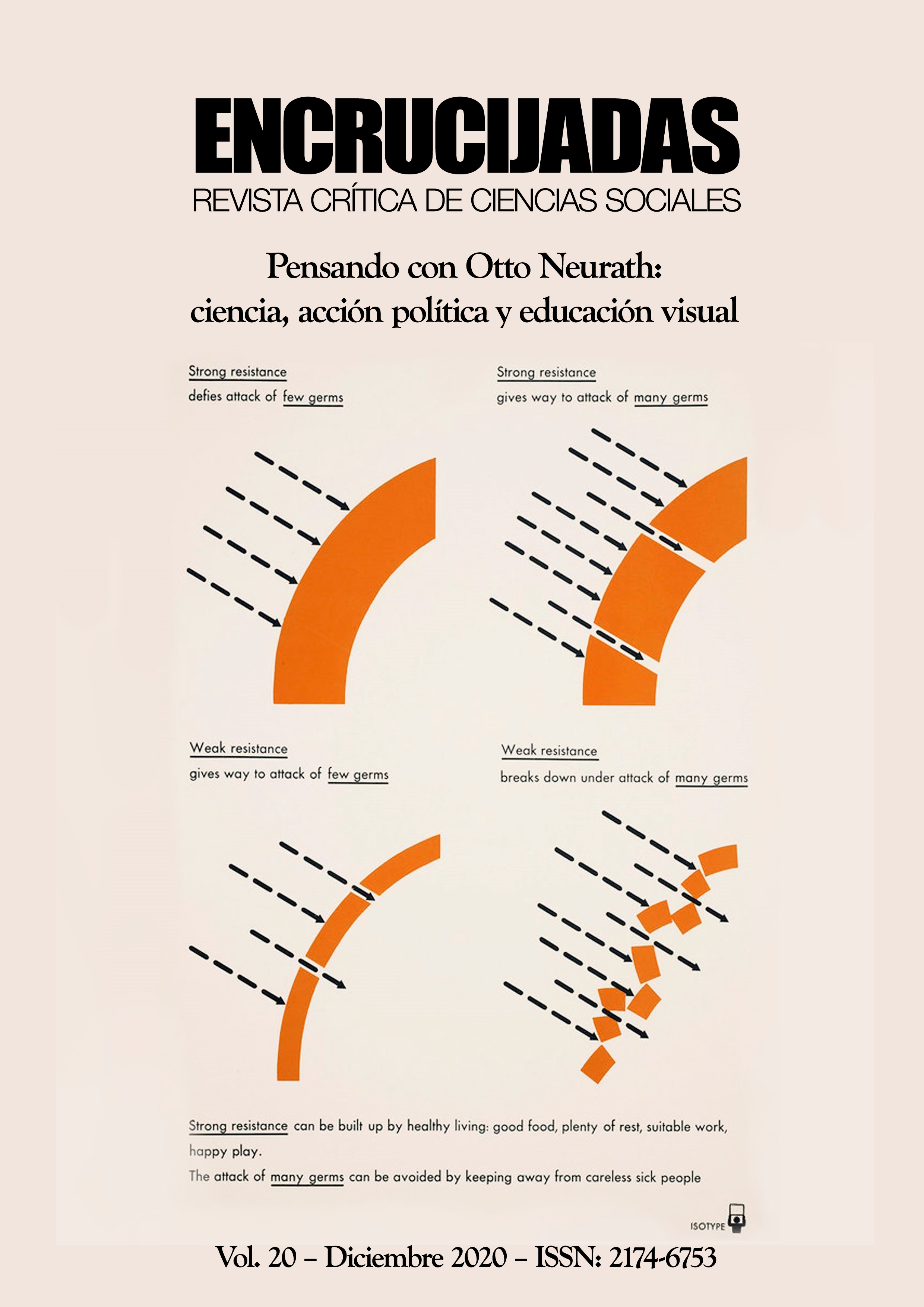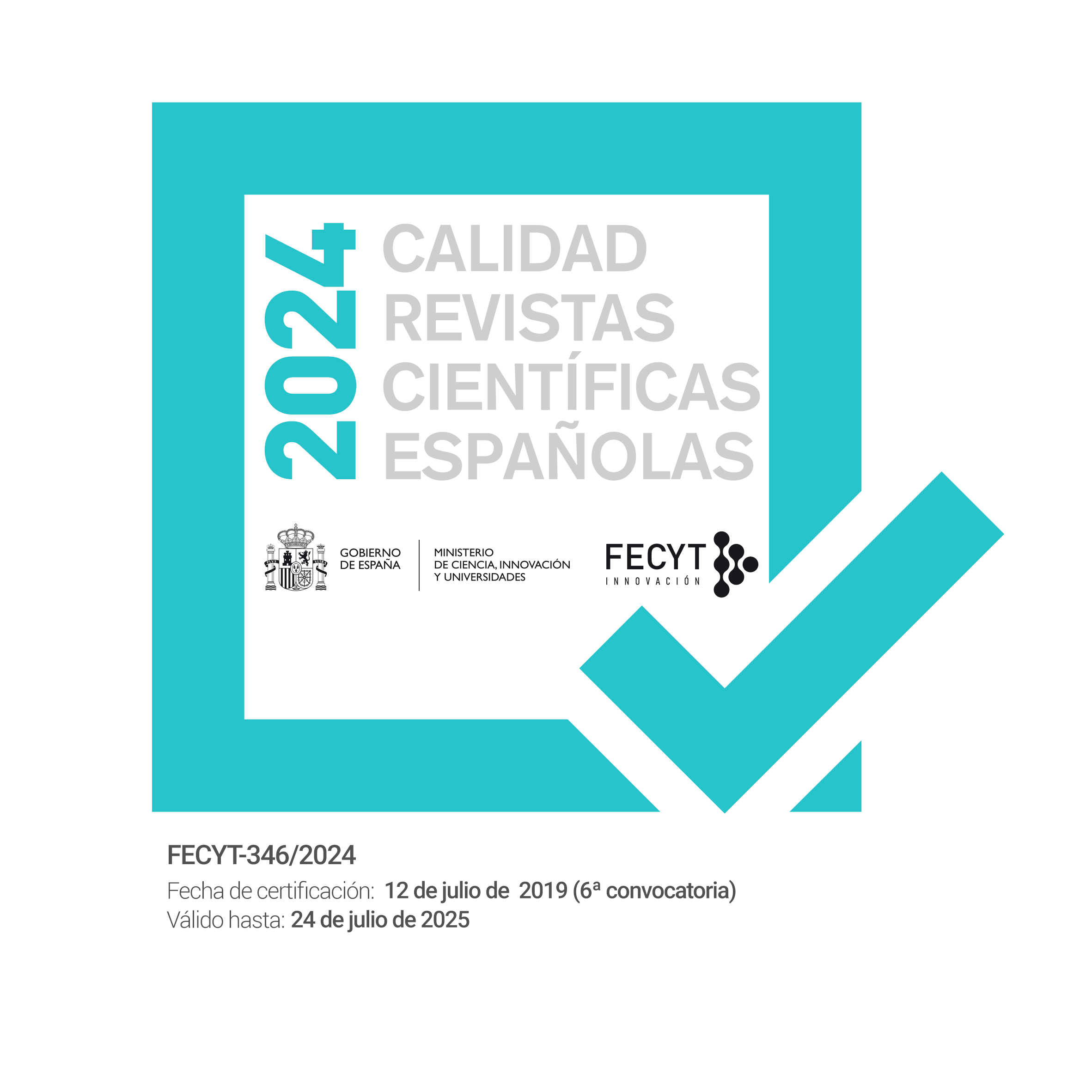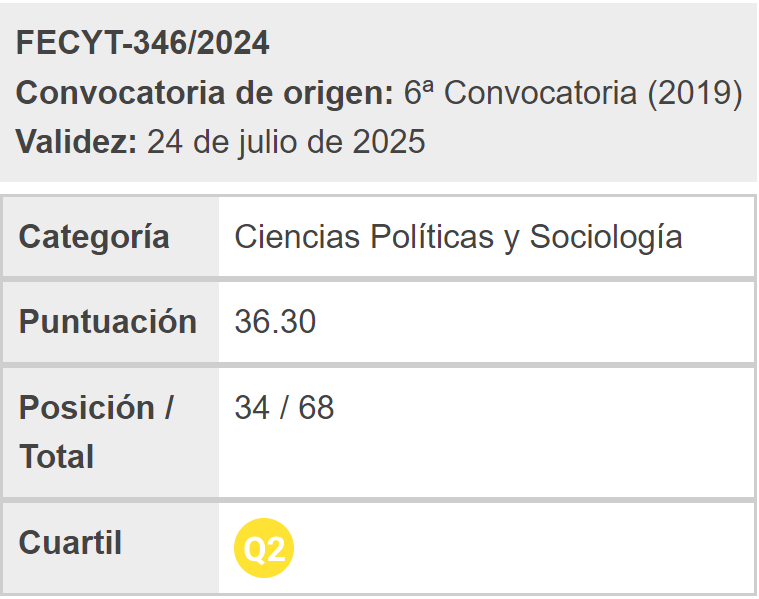Influence of ISOTYPE on contemporary infography. A reflection about form and content
Keywords:
ISOTYPE, Infographics, journalism, Graphic Design, NeurathAbstract
Nowadays for many ISOTYPE its just a graphic stream. However, beyond its characteristic signs, this visualization method is defined by its social orientation and its capacity to process relevant information and transmit it in such a simple way, aimed at a wide audience. Nearly a century after Otto Neurath conceived it, designers or graphics editors are still developing it in their creations. In this text, Samuel Granados talks about the great influence of this method in contemporary infographics. At first glance, through the voices and experiences of some of the most representative professionals (Álvaro Valiño, Mónica Serrano, Artur Galocha, Raúl Camañas, Weiyi Cai, Ferrán Morales, Pablo Gutiérrez and Giselle Ferro) this text refers to their current presence in the graphic journalism. At second glance, he refers to his personal and collective experience in the newspaper Público, following the trajectories of most of the components of the graphics team. This was a space in which ISOTYPE's legacy was very present and contributed to a great extent for the assimilation by other colleagues at a national level. His infographics on science, economy, politics, or culture also came to transcend their useful life written down on the newspaper to be used in schools or courts. In general terms, at a third glance, beyond the notion of ISOTYPE as an aesthetic formula, this text displays some of the defining features of the function of the 'transformer', from the formal aspects of the representation to the requirements of its social and informative function.
Downloads
Downloads
Published
How to Cite
Issue
Section
License
Copyright (c) 2020 Encrucijadas. Revista Crítica de Ciencias Sociales

This work is licensed under a Creative Commons Attribution-NonCommercial-NoDerivatives 4.0 International License.
Los autores/as conservan los derechos de autor y ceden a la revista el derecho de la primera publicación, con el trabajo registrado con la licencia de atribución de Creative Commons Reconocimiento-NoComercial (CC-BY 4.0), que permite a terceros utilizar lo publicado siempre que mencionen la autoría del trabajo y a la primera publicación en esta revista. Encrucijadas permite y se anima a todas las personas autoras a depositar la versión final publicada en repositorios institucionales o temáticos de acceso abierto, cumpliendo en caso necesario los términos establecidos por la entidad financiadora de la investigación.




